Top 10 engines Mercedes engine - the most reliable power unit
Mercedes-Benz is a German concern, the largest automaker with a worldwide reputation. It is one of the three "German titans" of the auto industry and has been pleasing with its models for more than a dozen years. Over the entire history of its existence, the company has produced many models of cars, and countless modifications cannot be counted.
Without exception, all representatives of the automotive family, developed by the company's engineers, have gained nationwide fame. This is due to the high reliability of the components, the original appearance, beautiful technical specifications that provide mercedes benz engines. Probably, the power units are the real pride of the company, because they represent all the latest engineering achievements in the field of engine building.
The most demanded power unit
The M102 Mercedes engine is the most common model of power units that have ever been installed in the company's cars. This power unit has incomparable advantages over other models, which are as follows:
- Cross-shaped arrangement of cylinder heads.
- Opposite arrangement of intake and exhaust channels.
- Smaller dimensions and weight compared to previous models.
- Suspended V-shaped valves operating through the central rocker of the camshaft.
All these advantages endowed the power plant with special technical characteristics. High power, reliability, combined with low fuel consumption have made this model the most popular.
This Mercedes engine was put into production back in 1980. It has become a reliable replacement for the outdated M115 engine. The main task that was set before the company's engineers at that moment was to create a powerful and reliable "heart" with minimal fuel consumption. The production of the unit ceased only in 1993. It was replaced by the M111.
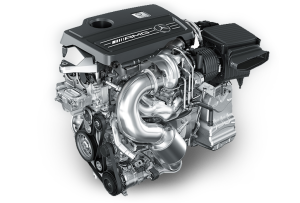
Engine repair
Despite their high reliability and quality, without proper maintenance and improper operation, even these power units will have to be repaired. Mercedes engine repairs must be carried out by specially trained specialists. The unit has fine tuning, which is very easy to knock down.
Mercedes engine repairs are addressed mainly due to the occurrence of typical problems:
- Reduced traction and loss of stability during operation.
- High consumption of engine oil.
- Increased fuel consumption.
- The appearance of extraneous noise and vibration.
- Oil leak formation and Check Engine error.
These are just the most common problems that can be attributed to all generations of engines.
The M104 model has a specific problem - the formation of rust on the cylinder head. To combat this trouble, the U-shaped gasket is changed. If the problem is not resolved, then the head is sorted and all the elements are re-adjusted to their places.
The M111 engine, as well as the M104, has one more specific feature- frequent failure of the hydraulic pump. To solve the problem with the valve body, it is enough to fill in good-quality antifreeze into winter time year and regularly monitor its level.
› Ward's Top 10 Motors List Announced
For the past 19 years, Ward's Auto magazine has selected the top 10 engines of the year each year. Unlike the Engine of the Year award, there are no categories, winners or laggards here - the list of engines is published in alphabetical order, and any unit can get into it, from electric motors and the smallest internal combustion engines to multi-liter "monsters". However, this year, not a single electric engine was included in the final list, and half of the finalists were four-cylinder ones.
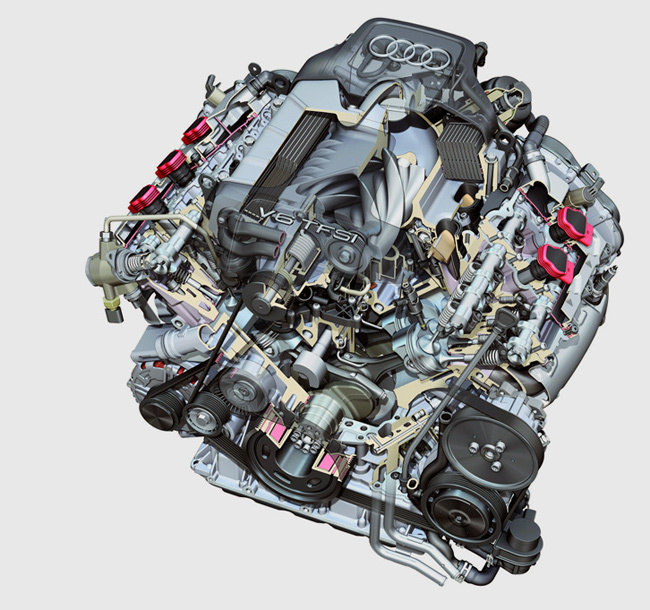
The compressor "six" 3.0 TFSI with a capacity of 333 hp, working under the hood of the Audi S5 coupe, is not a newcomer to this hit parade, but it is too early to write it off. The editors liked it due to its excellent behavior throughout the entire rev range and economy - the testers were able to achieve a figure of 11.1 l / 100 km in real conditions.
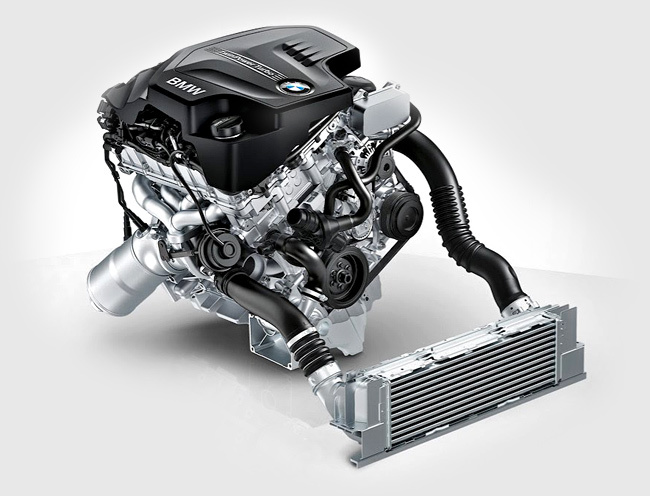
The N20 turbo four from BMW on the 328i produces 245 hp, while the testers noted its moderate appetite: thanks to the start / stop system and the eight-speed automatic, the consumption did not exceed 7.8 l / 100 km.
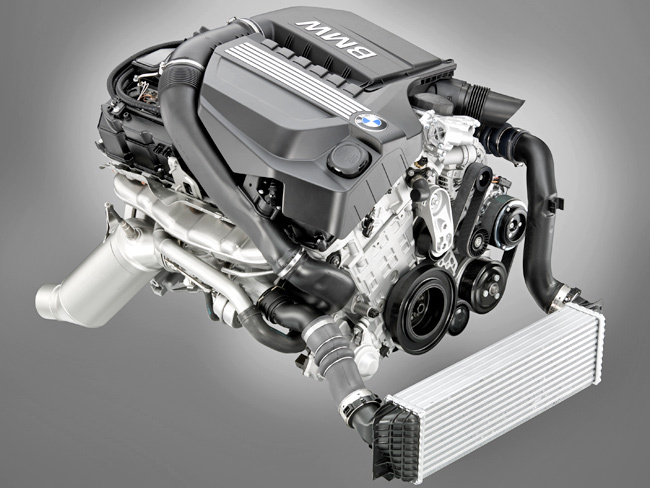
The inline six-cylinder N55 3.0 turbocharged engine, when installed in the BMW 135i, boasts 320 forces - a lot for a car weighing 1530 kg. This unit is in the top ten for the third time in a row. In the current test, fuel consumption was 10.2 l/100 km.
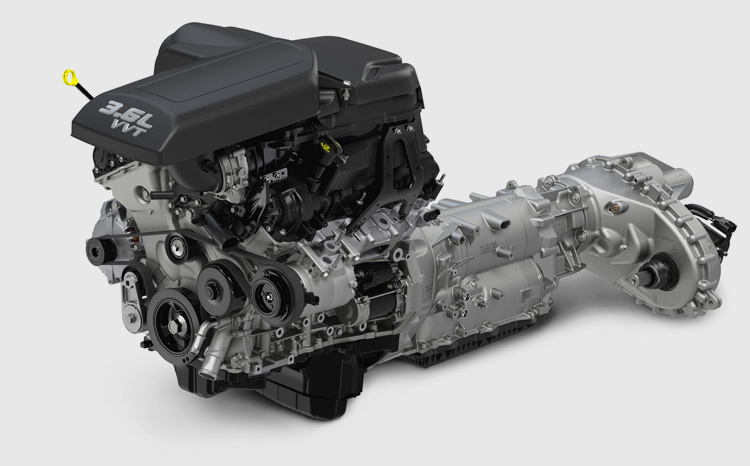
Chrysler's V6 3.6 Pentastar engine - with distributed injection, but this did not prevent him from taking his place in the ranking for the third time in a row. All thanks to outstanding, according to experts, performance and best-in-class economy.
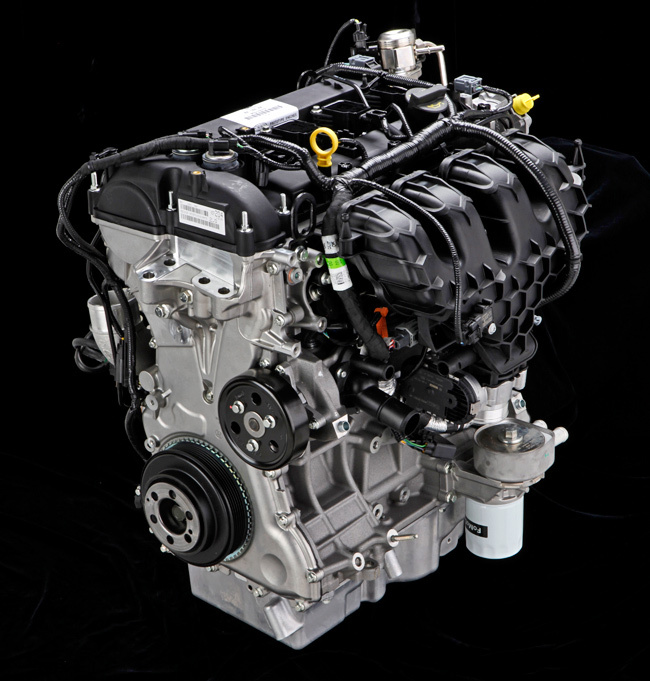
The two-liter "four" of the Ecoboost family captivated experts with its versatility - it is installed on almost all Ford models, from Focus to Explorer. On the Focus ST hot hatch (252 hp), the testers managed to achieve fuel consumption of 8.4 l / 100 km, and the Taurus sedan, even with passengers on board, showed a result of 9.8 liters per 100 kilometers.
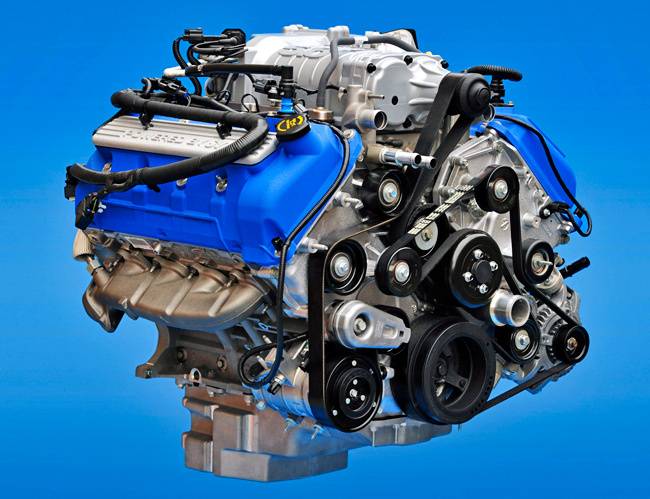
Standing apart in the current top ten is the 5.8-liter compressor "eight" from the Ford Mustang GT500 sports car - officially the most powerful serial V8 engine in the world. It develops 662 hp. and shoots the Mustang up to 100 km / h in a measly 3.5 s. What consumption the car showed during the tests is not specified, but the figures declared by the manufacturer range from 15.5 l / 100 km in the city to 9.8 l / 100 km on the highway.
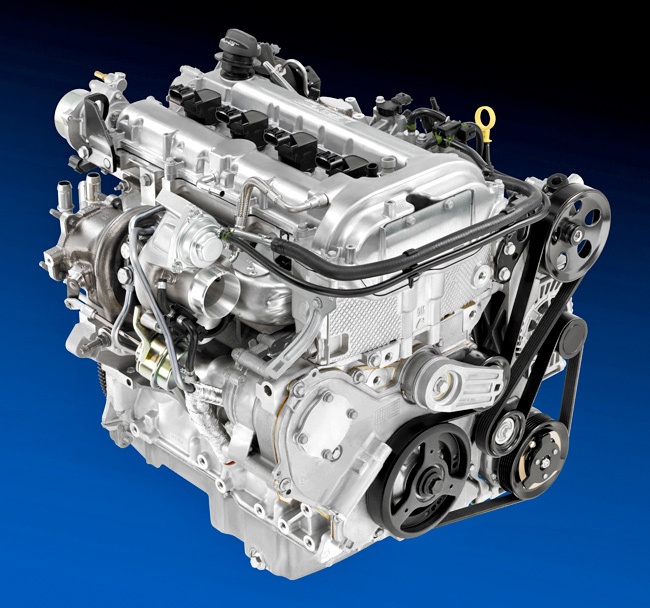
The “direct” four-cylinder engine, from each liter of volume of which the manufacturer removed 136 “horses”, is a 2.0 engine that has found refuge in the Cadillac ATS sedan. He came to replace the 2.0 Ecotes motor, in comparison with which efficiency is improved, and friction between parts is reduced by 16%.
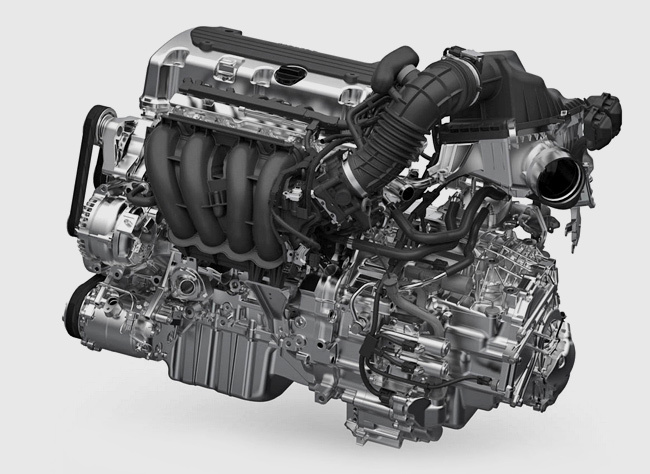
The in-line atmospheric four-cylinder 2.4 VTEC engine was the first among Honda engines in the US market to receive direct injection. Moving a rather big Honda Accord sedan on American roads, he showed an excellent result - 7.1 l / 100 km.
The current rating perfectly shows the trends of modern engine building. Six out of ten engines are supercharged. "Eight" is only one. True, despite the general “green” trend, this year there was no place in the final for hybrids and electric vehicles. The editors of Ward's magazine explain this by the fact that earlier "green" cars were a breakthrough and deservedly occupied high places in the hit parade, but behind Lately nothing radically new in this area has not appeared. Maybe the era of the internal combustion engine is still not over? Prizes will be awarded to the winners during the January motor show in Detroit.
14.02.2016 07:24
Car owners have a legend. About an engine that doesn't break down. And not just one, but many. These legends are overgrown with amazing biographies over time, giving rise to unceasing disputes on the topic "German versus Japanese versus American."
Many eyewitnesses are ready to testify to the reliability of this or that motor with a mileage of half a million to a million kilometers, not in the least embarrassed by the fact that its origin is hidden in the darkness of centuries, and it has been observed by eyewitnesses for several years at most. But the legends do not lie: such engines exist. We have combined them into a list, in the preparation of which we provided all possible assistance to auto mechanics with a solid work experience.
The list turned out to be rather big - over the past few decades, automakers have managed to create enough masterpieces of engine building. And we will make a reservation that not all motors will be included in our review, but only ten, the most famous and massive ones. Those that were installed on the iconic models of their time won races. Some kind of celebrity in the world of cars.
Diesels
Diesel power plants are traditionally considered the most reliable. Largely due to the fact that even ten years ago it was difficult to imagine a car with a sporty character and a diesel unit, and even now diesels are taken by those who need to travel a lot, which means that the engine works in best conditions. In addition, older generations of engines have a relatively simple design with a good margin of safety.
1.Mercedes-Benz OM602
OM602 diesel family, five-cylinder, with two valves per cylinder and mechanical injection pump Bosch deservedly holds the palm in terms of mileage, resistance to life's difficulties and the number of cars remaining on the move with them. These diesel engines were produced from 1985 to 2002 - almost twenty years.
Not the most powerful, from 90 to 130 hp, they were famous for their reliability and efficiency. This family had quite worthy ancestors, generation OM617, and quite worthy heirs - OM612 and OM647.
You can meet such motors on Mercedes in the back W124,W201(MB190), on SUVs G class, on vans T1 And Sprinter and even later W210. The runs of many instances exceed half a million kilometers, and the record ones - in two. And if you take care of the failing fuel equipment and attachments in time, then the design will not let you down.
2. BMW M57
Bavarian engines are no less deserved than Stuttgart ones. These in-line six-cylinder diesels, in addition to impressive reliability, were also distinguished by a very lively disposition, contributing a lot to changing the image of the diesel engine. Perceive BMW 330D in the back E46 as a slow car for pensioners or taxi drivers is no longer possible, it is a driver's car, but with a powerful and high-torque diesel engine.
The power of these motors in different versions ranged from 201 hp. up to 286 hp, and they were produced from 1998 to 2008 and were on most Bavarian models of the decade. All of them, from the third series to the seventh, had options with M57. They also meet on range rover- the motor of the legendary "Mumusik" was from this series.
By the way, our hero had a no less legendary ancestor, albeit not so common. Motor family M51 produced from 1991 to 2000. The engines had enough minor problems, but the mechanics are unanimous: serious breakdowns are rare and it “runs” well, at least up to 350-500 thousand runs.
Petrol in-line fours
If the diesels in the list of finalists turned out to be only relatively large, then among the gasoline "legends" there will be smaller engines, the usual in-line "fours".
3. Toyota 3S-FE
The honor of opening the list falls to the motor Toyta 3S-FE- a representative of the well-deserved S series, which is considered one of the most reliable and unpretentious units in it. A two-liter volume, four cylinders and sixteen valves are typical indicators for mass engines of the 90s. Camshaft drive by belt, simple distributed injection. The engine was produced from 1986 to 2000.
Power ranged from 128 to 140 hp. More powerful versions of this motor, 3S-GE and turbocharged 3S-GTE, inherited a successful design and a good resource. The 3S-FE engine was installed on whole line Toyota models: Toyota Camry (1987-1991),Toyota Celica T200, Toyota Carina (1987-1998), Toyota Corona T170/T190, Toyota Avensis (1997-2000), Toyota RAV4 (1994-2000), Toyota Picnic (1996-2002),Toyota MR2, and turbocharged 3S-GTE also on Toyota Caldina, Toyota Altezza.
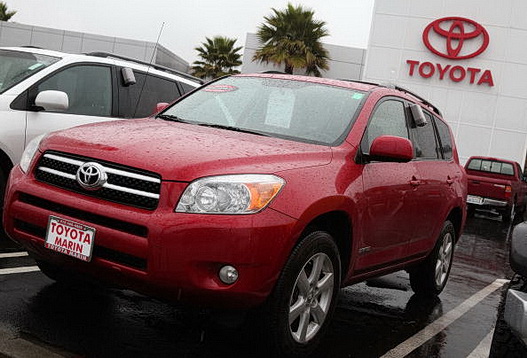
Mechanics note the amazing ability of this engine to endure high loads and poor service, the convenience of its repair and the overall thoughtfulness of the design. With good maintenance, such motors exchange a mileage of 500 thousand kilometers without major repairs and with a good margin for the future. And they know how not to bother the owners with minor problems.
4.Mitsubishi 4G63
Another epic Japanese family of two-liter gasoline engines. Its first variants appeared in 1982, and licensed copies and successor models are still being produced. Initially, the engine was produced with one camshaft ( SOHC) and three valves per cylinder, but in 1987 appeared and DOHC version with two camshafts. The latest varieties of the unit were installed on Mitsubishi Lancer Evolution IX until 2006. The motors of the family have found a place under the hood of not only cars Mitsubishi, but also Hyundai, Kia as well as Chinese brand Brilliance.
Over the years of production, the engine has been repeatedly upgraded, its most recent versions have a timing system for adjusting the timing and more complex power and boost systems. All this is not in the best way affects reliability, but maintainability and ease of layout remain. Only naturally aspirated versions of the engine are considered "millionaires", although turbocharged ones can also have a very large resource, by the standards of competitors.
5. Honda D-series
Another Japanese family of engines, which includes more than a dozen varieties with a volume of 1.2 to 1.7 liters, which have rightfully earned the status of practically "indestructible". They were produced from 1984 to 2005. The most reliable options are D15 And D16, but one thing unites them all - the will to live and high tachometer readings.
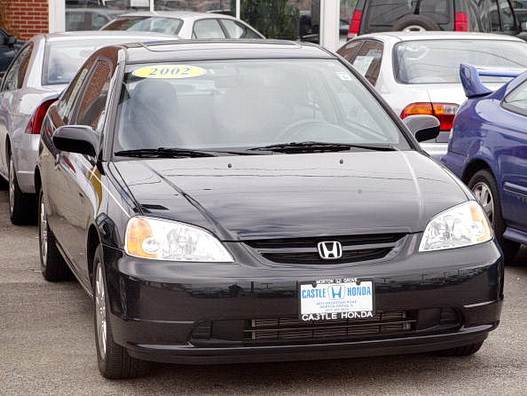
Power reaches 131 hp, and operating speed - up to 7 thousand. Such motors were put on Honda Civic, HR-V, Stream, Accord and Acura Integra. With a combat nature and a small working volume, the resource is up to overhaul at 350-500 thousand can be considered outstanding, and the thoughtfulness of the design gives chances for a second life and another 350 thousand mileage.
6 Opel 20ne
The list of excellent and simple "fours" is closed by a representative of the European school of engine building - x20se from the engine family Opel 20n. This member of the motor family GM Family II became famous for often outliving the machines on which it was installed.
A simple design - 8 valves, a camshaft belt drive - and a simple multiport injection system are the secrets of longevity. Like the most successful examples of the Japanese school, it has a volume of two liters and the same ratio of cylinder diameter and piston stroke, which is 3S-FE- 86 x 86mm.
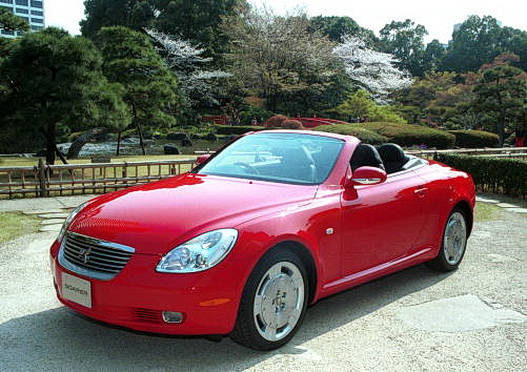
Power different options ranges from 114 to 130 hp. Motors were produced from 1987 to 1999 and installed on models such as Kadett, Astra, Vectra, Omega, Frontera, Calibra, as well as in Australian holden and American Buick And Oldsmobile. In Brazil, they even produced a turbocharged version of the engine - Lt3 165 hp
Sixteen-valve variant, famous C20XE, until last year was used on machines Lada And Chevrolet in the racing championship WTCC, and its turbocharged version, C20LET, managed to check in the rally and is considered one of the simplest and most successful.
Simple versions of the engine can exchange not only half a million mileage without overhaul, but with caring attitude try to go for a million. Sixteen-valve varieties, X20XEV And C20XE, they do not have such "health", but they can also please the owner for a long time, and their design is just as simple and logical.
V-shaped "eight"
V8 motors for passenger cars usually do not have an extra long resource - the lightweight design and layout complexity of such a large motor do not add reliability to the unit as a whole. to American V8 this is not entirely true, but they are a separate discussion.
Really reliable V-shaped motors, which do not annoy the owners with large and small breakdowns, can easily cross the threshold of half a million kilometers, can be counted on the fingers.
7 BMW M60
And again in the list of reliable motors - Bavarian products. The first car in many years V8 the company did a great job: a two-row chain, a nickel-plated cylinder coating and a good margin of safety. A relatively small degree of forcing and a good design study made it possible to create a truly resourceful motor.
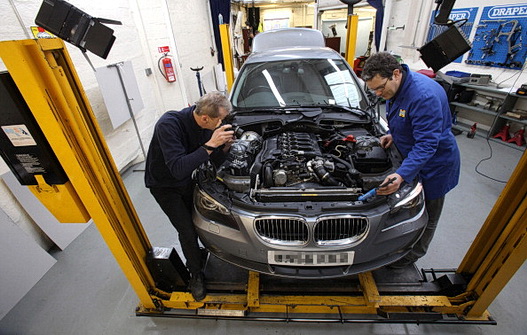
The use of nickel-silicon coating ( Nikasil) makes the cylinders of such a motor practically wear-free. By half a million kilometers, it is often not necessary to change even the piston rings in the engine. But such a durable nikasil coating is afraid of sulfur in the fuel, and after numerous cases of engine damage in the United States, its use was abandoned in favor of Alusil technology ( Alusil), with a more "gentle" coating. Despite the same high hardness, it crumbles over time under the influence of shock loads and other factors. These motors were installed on models bmw 5th and 7th series in 1992-1998.
Simplicity of design, high power, a good margin of safety allows them to cover more than half a million kilometers. Unless, of course, you are using high-sulphur Canadian gasoline... Later engines, M62, have become much more complex and, as a result, much less reliable. They can compete in terms of resource before overhaul, but not in terms of the number of breakdowns. In early versions M62 a nikasil coating was also used, later replaced by alusil.
Petrol in-line "sixes"
Surprisingly, it is a fact: there are a lot of in-line six-cylinder engines among millionaires. Relatively simple design, balance (and therefore lack of vibration) and power bear fruit in the form of reliability and resource.
8. Toyota 1JZ-GE and 2JZ-GE
These 2.5 and 3 liter engines have earned the right to be called legendary. An excellent resource with a very lively character - this is the formula for success. They were produced from 1990 to 2007 in various options. There were also turbocharged versions of them - 1JZ-GTE and 2JZ-GTE.
In Russia, they are best known for Far East due to the prevalence of right-hand drive "Japanese". Among others 1JZ And 2JZ were put on Toyota Mark II, Soarer, Supra, Crown, Chaser, as well as American Lexus Is 300, GS300, which are incomparably less common among us. By the way, we wrote about right-hand drive legends of the 90s in our detailed review.
Atmospheric versions of these engines are capable of driving a million kilometers before major repairs, which is facilitated by a simple and very well-designed design and good quality execution.
9. BMW M30
No "sixes" bmw hit parade "the most reliable" can not do. History of a well-deserved motor M30 started back in 1968. In various modifications, it was produced until 1994!
The working volume was from 2.5 to 3.4 liters, and the power was from 150 to 220 hp. The design is as simple as possible: cast iron block, timing chain drive, 12-valve aluminum block head. However, sports options M88 there was also a 24-valve "head".
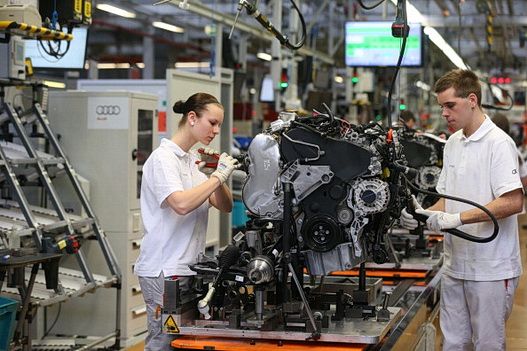
As with any reliable motor, M30 there is a turbo option. Turbocharging always accelerates engine wear (we have prepared a separate article on why this happens and how supercharging works), and if the design has a margin of safety, then designers often strive to exhaust it to the limit. Motor M102B34 actually represented M30 with a 252 hp turbine
Motors of the M30 series were installed on cars of the fifth, sixth and seventh series of several generations. How long such motors can go is not known for certain, but half a million mileage for them is quite an ordinary result. And given the difficult handling of powerful rear-wheel drive cars of those times, most of the power units went to the landfill not at all because of wear and tear.
10. BMW M50
Motor Series M50 acted as a worthy successor to the traditions. The engine displacement ranged from 2 to 2.5 liters, power - from 150 to 192 hp. The cylinder block is still cast iron, but the block head has only four valves per cylinder. In the later series, a tricky gas distribution system appeared VANOS(it deserves a separate post).
Such engines are able to repeat the feat of their ancestors and go half a million without major interventions. New Generation, M52, the scandal with nikasil was summed up by a more complex design, and although the reputation of very reliable motors remained, the number of breakdowns is noticeably higher, and the resource is less.
A few words about the mode of operation. Of course, the mileage of the motor is highly dependent on how it is operated. Let's say, when working in a taxi, engines wind up huge runs in a very short time, and the argument "yes, he wound up 200 thousand in three years without problems" does not correlate much with the real engine resource, because in this mode the number of breakdowns and wear are minimal.
But operation in countries with a harsh climate, as well as cold starts, long standing in traffic jams, frequent movement with a "slipper on the floor", on the contrary, dramatically reduces the resource. For this reason, among the finalists there are no new engines that were able to gain half a million mileage in a few years - it just doesn’t say much about their reliability, because their operating mode will be the most gentle.
Boris Ignashin
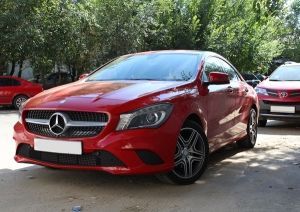 Fans of this prestigious brand have been interested in the question of which Mercedes is the most reliable for a long time and seriously. The automaker, which once conquered the world with the durability of its products, is gradually losing ground year after year. It got to the point that now Mercedes occupies the first lines in the list of the most fragile European cars. And this is despite the fact that such rather expensive taxis are practically not used in taxis, that is, their wear and tear should be theoretically minimal. And the statistics take into account all the appeals of the owners, and taxi drivers, of course, are the largest group.
Fans of this prestigious brand have been interested in the question of which Mercedes is the most reliable for a long time and seriously. The automaker, which once conquered the world with the durability of its products, is gradually losing ground year after year. It got to the point that now Mercedes occupies the first lines in the list of the most fragile European cars. And this is despite the fact that such rather expensive taxis are practically not used in taxis, that is, their wear and tear should be theoretically minimal. And the statistics take into account all the appeals of the owners, and taxi drivers, of course, are the largest group.
Meanwhile, within a year after the purchase, 12% of Mercedes owners applied for warranty service regarding this or that breakdown. If it goes on like this, the Germans will soon catch up with the Chinese themselves due to insecurity (but those, of course, are still far away)!
Which Mercedes is the most reliable, potential buyers usually find out both empirically and from user reviews of the traditional, even notorious, German quality. Considering that such cars are expensive and prestigious things, and repairs cost a lot of money, you don’t want to feel sad by investing in a constantly breaking car.
One main and sad conclusion was noticed: the most reliable Mercedes remained in the past, even if not far off. In this regard, one can envy those who lived at the end of the 20th century and managed to acquire that other assembly.
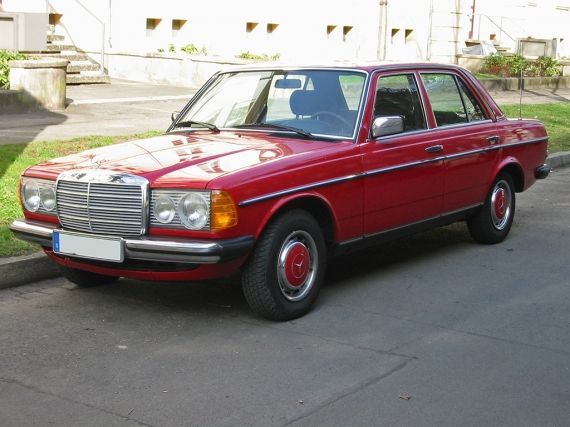
antiques
40 years for a painting or, say, a sculpture is not an age, of course. But for a car, this is already a gray-haired and ancient antiquity. Meanwhile, this is how many representatives of the iron tribe, recognized as the most reliable, turned out to be. Model Mercedes W 123 produced from 1975 to 1986. And in terms of resilience and indestructibility, it overtook not only its brothers in the brand, but also many competitors. Unless, of course, the owners treated the car, at least approximately carefully (and for European users this is more typical than out of the ordinary).
The variant of those years was produced in the bodies of the Station Wagon, Sedan, Limousine, Coupe, so there is plenty to choose from so far, for fans of antiquity. What is most interesting, those of the models that have survived to this day are still running and have their own motor and even chassis. The main problem when buying a rarity there will be a body - in many cases, corrosion did not spare him.
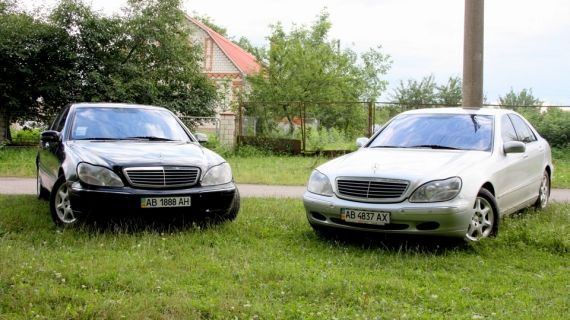
Modern proposals
Of the newer representatives of this brand, the highest quality in the passenger version is considered Mercedes E class W210. The first copies were published in 1995 and became not only the most reliable, but also, one might say, revolutionary - they began the era of smoother, non-square outlines. The W210 was equipped with both petrol and diesel engines.
The latter are designed for 1,000,000 runs, if the owner does not skimp on normal fuel and oil. But the chassis, to be honest, is rather weak: the stabilizer struts and ball joints withstood a maximum of 30,000, the front upper arms - 60,000, and the shock absorbers - 100,000 kilometers (according to experts and testers).
Unfortunately, such a promising model ceased to exist in 2002, and other options turned out to be much less reliable.
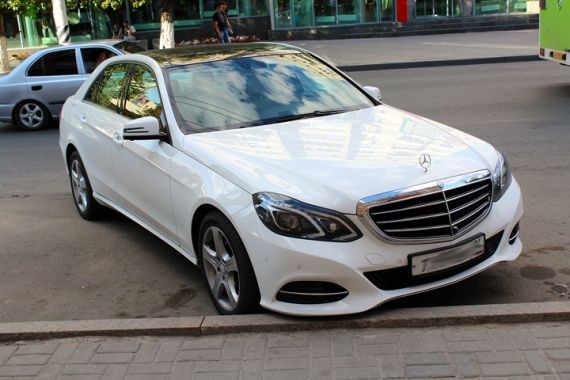
From quite modern proposals worthy reliability, according to experts and users, differs only in a minivan Mercedes-Benz Vito. His engine, of course, but quite strong and reliable. Specially noted. If you regularly carry out the prescribed preventive maintenance and do not pour counterfeit fuel and oil, according to the owners who ride the Vito for 4-7 years, you will, in general, be insured against breakdowns.
Convincing proof of the quality can be that Vito formed the basis of the new London electric taxi. The only but: the car




